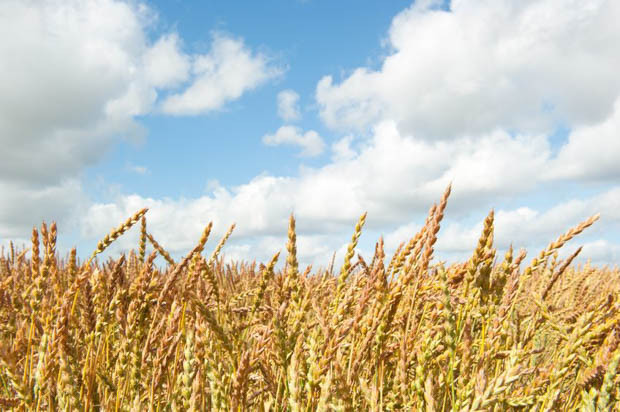Partial Sun - Expert Tips for Gardening Success
Gardening in a partial sun area can be a challenge, but with the right expertise, it can become a beautiful haven. Here are some expert tips for success in your partial sun garden.
- Understand the Light: Partial sun typically means the area gets 3-6 hours of sun per day. Monitor your garden’s sunlight throughout the day and the seasons, which can inform your plant selection.
- Choose the Right Plants: Opt for plants that thrive in partial sun conditions. Some perennials that do well include astilbes, foxgloves, and hostas. Many woodland plants, like ferns and trilliums, also flourish in partial sun.
- Water Wisely: Plants in partial sun conditions generally need less water than those in full sun. However, soil should be kept moist. Consider installing a drip irrigation system to ensure consistent watering.
- Mind the Soil: Partial sun plants often prefer rich, well-draining soil. Incorporate organic matter like compost to improve soil structure and nutrient content.
- Mulch Matters: Mulching is essential to conserve moisture, maintain soil temperature, and prevent weed growth. Organic mulch can also improve soil quality as it decomposes.
- Pruning and Deadheading: Regular pruning encourages new growth and helps maintain plant shape. Deadhead spent flowers to promote repeat blooming.
- Pest and Disease Management: Keep an eye out for common shade-loving pests like slugs and snails. Use organic or chemical controls if necessary.
Remember, the key to a thriving partial sun garden is understanding your plants’ needs and providing the right conditions for them to flourish.

